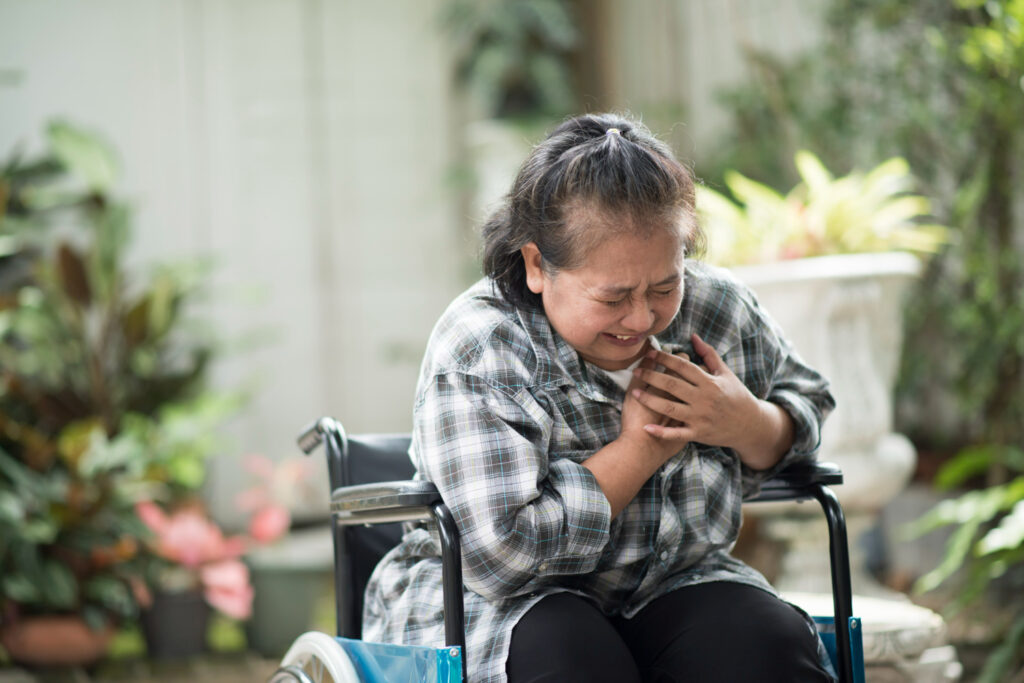
What is a Stroke? Stroke, also known as “cerebral apoplexy,” refers to a condition caused by the sudden rupture of cerebral blood vessels or blood flow obstruction, leading to insufficient oxygen and blood supply to the brain, and resulting in neurological impairment.
Medically, strokes are categorized into hemorrhagic and ischemic types and present symptoms like hemiplegia, slurred speech, and dizziness. Stroke treatment focuses on acute management, rehabilitation during the recovery phase, and long-term care. Traditional Chinese Medicine (TCM), as an integral part of Chinese medical heritage, plays a unique role in the prevention, treatment, and rehabilitation of stroke.
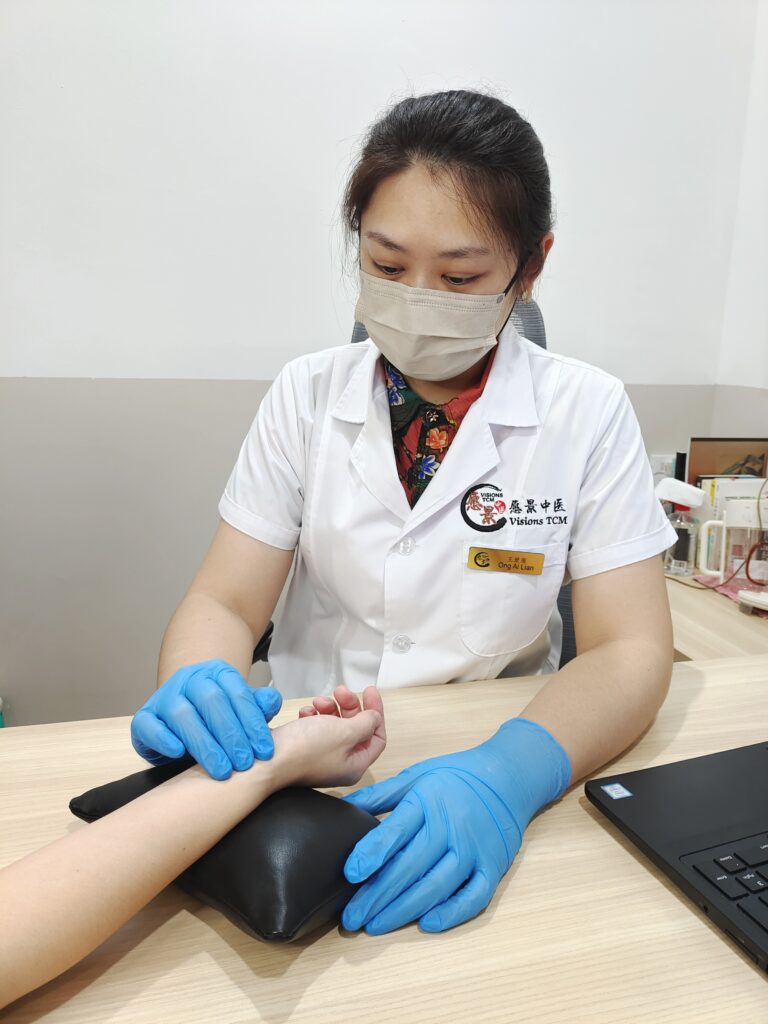
How Does TCM View Stroke?
In TCM theory, stroke falls under the category of “internal wind.” Its occurrence is closely related to imbalances in the body’s Qi and blood, disharmony of Yin and Yang, and dysfunction of the liver, spleen, and kidneys. TCM identifies several major causes of stroke:
- Liver Wind Stirring Internally :Emotional instability or liver Yang hyperactivity leads to excessive internal wind, fire, phlegm, and blood stasis.
- Qi and Blood Deficiency :Weak constitution due to aging or chronic illness results in insufficient Qi to ensure proper blood circulation.
- Phlegm and Blood Stasis :Poor dietary habits or long-term unhealthy lifestyle causes phlegm accumulation and blood stasis, blocking the meridians.
TCM divides stroke progression into acute, recovery, and sequelae phases, with distinct therapeutic approaches for each stage.
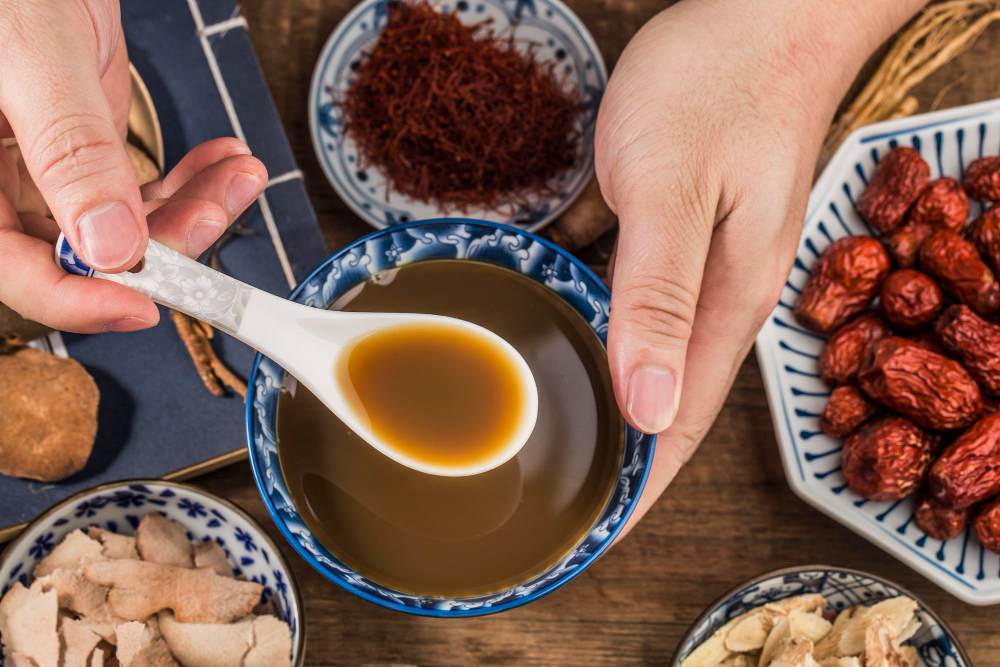
Acute Phase: Can Chinese Herb Intervene?
In the acute phase, modern medical interventions like thrombolysis and intracranial pressure management are critical for saving lives. Chinese herb serves as an adjunct therapy to alleviate symptoms. Common Chinese herb include:
- Clearing Heat and Opening the Orifices :For comatose patients, medications like An Gong Niu Huang Wan and Su He Xiang Wan are used to promote awakening.
- Activating Blood and Resolving Stasis :For ischemic strokes, herbs such as Danshen, Chuanxiong, and Sanqi reduce blood viscosity and improve cerebral perfusion.
- Calming the Liver and Subduing Wind :For conditions like liver Yang hyperactivity or internal wind-phlegm, herbs like Tianma and Gouteng are employed.
***Note: The use of Chinese Herb in the acute phase must be under professional guidance to avoid complications, particularly the inappropriate use of blood-activating drugs that may increase bleeding risk.
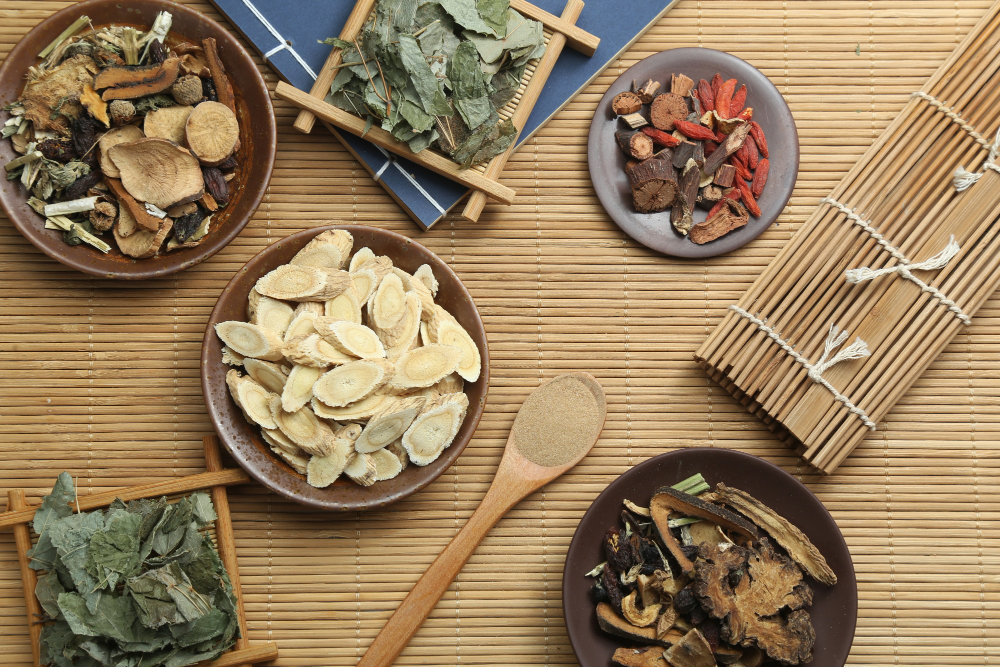
Recovery Phase: The Primary Role of Chinese Herb
The recovery phase is a golden period for Chinese Herb to work. Stroke patients often experience issues such as muscle weakness, speech impairment, and swallowing difficulties. Chinese Herb can aid in neural recovery and improve physical and functional capabilities through comprehensive treatment:
- Resolving Phlegm and Stasis :Formulas like Xuefu Zhuyu Tang and Erchen Tang address post-stroke phlegm and blood stasis.
- Tonifying Qi and Blood :Herbs like Huangqi, Dangshen, and Danggui help alleviate fatigue and anemia.
- Unblocking Channels and Relieving Pain :Acupuncture combined with blood-activating herbs such as Gegen, Qianghuo, and Niuxi can reduce numbness and paralysis.
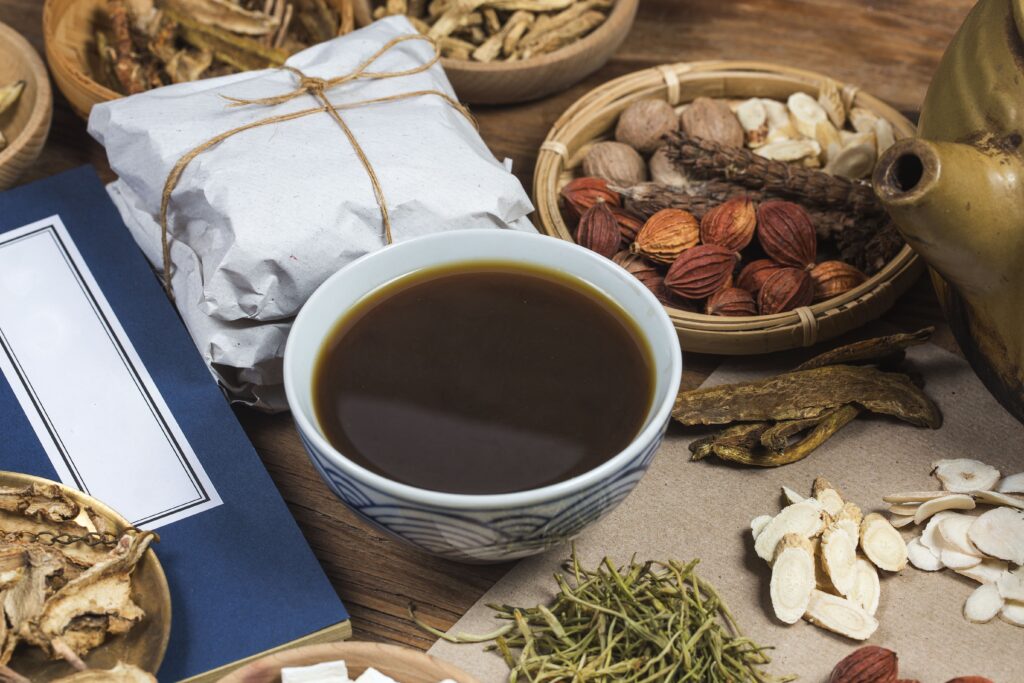
Sequelae Phase: The Importance of Chinese Herb Conditioning
Stroke sequelae often manifest as hemiplegia, speech disorders, or muscular stiffness. The focus during this phase is on regulation to consolidate therapeutic effects and prevent recurrence.
- Tonifying Qi and Blood :Formulas like Buyang Huanwu Tang and Si Junzi Tang restore vital energy.
- Strengthening the Meridians and Muscles :Herbs like Niuxi and Mugua enhance motor function.
- Preventing Recurrence :Adjusting to underlying conditions like hypertension or diabetes with herbs like Tianma and Huangqi which have antihypertensive and cardiotonic properties.

Advantages of Chinese Herb in Stroke Treatment
- Holistic Regulation :TCM emphasizes overall balance by regulating the organs and meridians.
- Individualized Treatment :Tailored approaches based on the patient’s condition allow for flexible interventions.
- Reduced Recurrence Risk :By improving constitution and regulating Qi and blood, Chinese Herb may help lower stroke recurrence.

Issues that need attention
Despite its benefits, Chinese Herb for stroke treatment should be approached cautiously:
- Cooperate with modern medical treatment :TCM should be combined with modern medicine in the treatment of stroke, especially in the acute stage. You cannot rely solely on Chinese Herb and delay the rescue opportunity.
- Syndrome differentiation and treatment are very important. Do not blindly take Chinese patent medicines without the consult professional TCM practitioners.
- Combining Prevention and Treatment :Beyond addressing stroke symptoms, TCM emphasizes lifestyle adjustments and control of underlying conditions.
Conclusion
Stroke patients can benefit from Chinese Herb, especially during recovery and sequelae phases, where it significantly improves symptoms and quality of life through holistic regulation. However, the use of Chinese Herb must be guided by TCM theoretical principles and integrated with modern medical diagnostics to achieve optimal outcomes.
Patients are advised to consult professional TCM practitioners to develop customized treatment plans, maximizing the advantages of Chinese Herb for better recovery and health management.
此文章还有以下语言版本:
![]() 简体中文 (Chinese (Simplified))
简体中文 (Chinese (Simplified)) ![]() Melayu (Malay)
Melayu (Malay)



